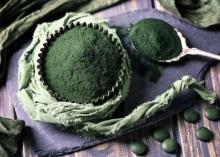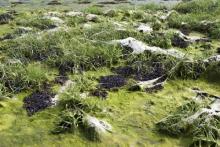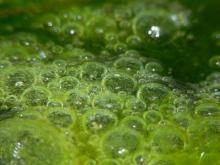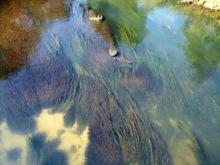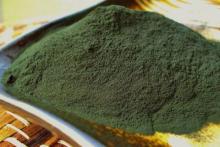Spirulina: Superfood Or Super Toxic?
Recently, Dr. Andrew Weil published an article talking about the effects of spirulina. I’ve talked about it before, and for good reason: spirulina has a wide array of health benefits, containing vitamins A, K, B12, and contains more protein per gram than red meat.

